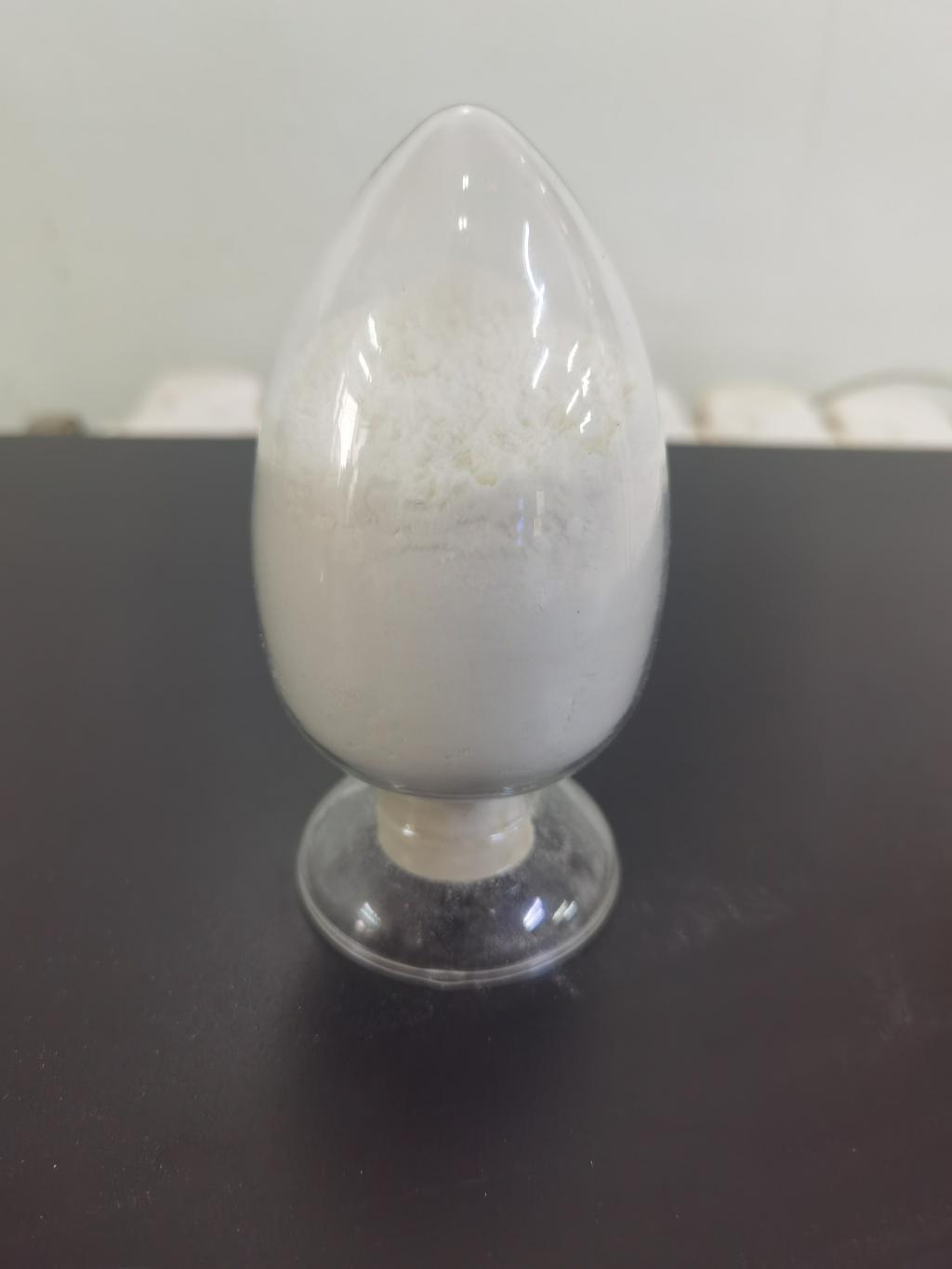Tel:+8618231198596

News
 CONTACT
CONTACT
 CONTACT
CONTACT
- Linkman:Linda Yao
- Tel: +8618231198596
- Email:linda.yao@dcpharma.cn
- Linkman:CHARLES.WANG
- Department:Overseas
- Tel: 0086 0311-85537378 0086 0311-85539701
News
Current Position:
Home >
News
>ε-Polylysine Hydrochloride: Contributions to Enhancing Resilience in Food Systems.
ε-Polylysine Hydrochloride: Contributions to Enhancing Resilience in Food Systems.
TIME:2023-10-23
Introduction:
The global food industry faces ongoing challenges in ensuring food safety, reducing food waste, and meeting the demands of a growing population. In this context, food preservatives like ε-polylysine hydrochloride have become increasingly important. Derived from natural sources, ε-polylysine hydrochloride contributes to the resilience of food systems by extending the shelf life of products and maintaining safety.
ε-Polylysine Hydrochloride: An Overview:
ε-Polylysine hydrochloride is a naturally occurring antimicrobial peptide obtained through bacterial fermentation, primarily from strains of Streptomyces albulus. Its antimicrobial properties are the result of its unique molecular structure, making it a valuable tool in food preservation.
Mechanisms of Action:
Understanding how ε-polylysine hydrochloride works is fundamental to appreciating its role in food preservation:
a. Disruption of Cell Membranes:
ε-Polylysine hydrochloride interacts with the cell membranes of microorganisms, causing disruptions and leading to the leakage of cellular contents. This results in the inhibition of microbial growth.
b. Selective Antimicrobial Activity:
ε-Polylysine hydrochloride selectively targets bacteria, molds, and yeasts, sparing beneficial microorganisms commonly used in food production.
c. Synergy with Other Preservatives:
It often works synergistically with other food preservatives, enhancing its overall effectiveness.
Applications in Food Preservation:
ε-Polylysine hydrochloride has numerous applications in food preservation, contributing to the resilience of food systems:
a. Preservation of Freshness:
By inhibiting microbial growth, ε-polylysine hydrochloride helps preserve the freshness and quality of food products.
b. Shelf Life Extension:
It significantly extends the shelf life of various food items, reducing the likelihood of early disposal and food waste.
c. Food Safety Enhancement:
Its antimicrobial properties enhance food safety by preventing the growth of pathogenic microorganisms and reducing the risk of foodborne illnesses.
d. Clean-Label Solutions:
ε-Polylysine hydrochloride aligns with consumer preferences for clean-label products, reducing the need for synthetic preservatives and chemical additives.
Regulatory Considerations:
The use of ε-polylysine hydrochloride in food preservation is subject to regulatory oversight to ensure consumer safety:
a. Maximum Permitted Levels:
Regulatory agencies, such as the Food and Drug Administration (FDA) in the United States and the European Food Safety Authority (EFSA) in Europe, establish maximum permitted levels of ε-polylysine hydrochloride in food products to safeguard consumer health.
b. Labeling Requirements:
Manufacturers must adhere to labeling requirements to inform consumers of the presence of ε-polylysine hydrochloride in products, particularly for those with allergies or sensitivities.
c. Safety Assessments:
Rigorous safety assessments ensure that ε-polylysine hydrochloride's use in food preservation complies with established guidelines.
Contributions to Food System Resilience:
The use of ε-polylysine hydrochloride contributes to food system resilience in several significant ways:
a. Food Waste Reduction:
By extending the shelf life of products and preserving food safety, ε-polylysine hydrochloride helps reduce food waste, addressing a critical environmental and economic concern.
b. Enhanced Food Safety:
Its role in preventing the growth of foodborne pathogens contributes to a safer food supply, reducing the risk of foodborne illnesses and recalls.
c. Improved Product Consistency:
ε-Polylysine hydrochloride's controlled use contributes to the consistency and standardization of food products, ensuring that consumers receive a reliable experience.
d. Sustainable Practices:
By reducing the need for synthetic preservatives and chemical additives, it aligns with sustainable food production practices, catering to the growing demand for eco-friendly and clean-label products.
Future Directions:
The continued development and application of ε-polylysine hydrochloride in the food industry hold significant promise:
a. Research on Enhanced Formulations:
Ongoing research explores improved formulations and delivery methods to enhance the stability and effectiveness of ε-polylysine hydrochloride.
b. Broadening Applications:
The application of ε-polylysine hydrochloride may extend beyond traditional food preservation to pharmaceuticals, healthcare, and agriculture, addressing broader societal needs.
c. Regulatory Harmonization:
Harmonization of regulatory standards across countries is essential to facilitate its broader application in the global food industry.
d. Consumer Education:
Increasing consumer awareness and understanding of ε-polylysine hydrochloride as a safe and effective food preservative will play a crucial role in its broader acceptance.
Conclusion:
The role of ε-polylysine hydrochloride in food preservation is instrumental in enhancing the resilience of food systems. By extending shelf life, preserving food safety, and reducing food waste, ε-polylysine hydrochloride addresses critical challenges facing the global food industry. Its natural origin, selective antimicrobial activity, and alignment with clean-label preferences position it as a valuable tool for a sustainable and responsible approach to food production and consumption. In the ongoing quest for a resilient and sustainable food system, ε-polylysine hydrochloride emerges as a powerful ally.
- Tel:+8618231198596
- Whatsapp:18231198596
- Chat With Skype







